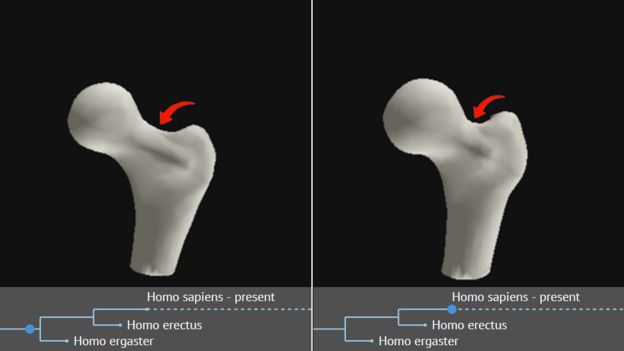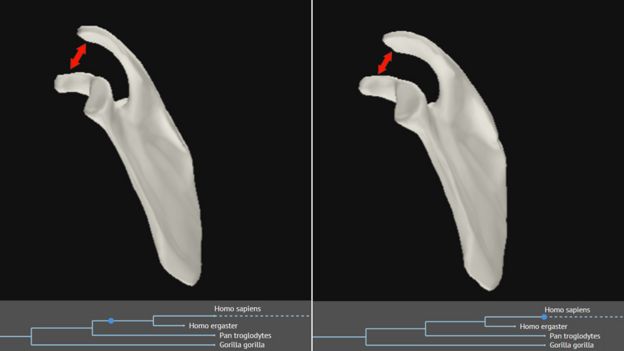By Emily Lunardo
Hand arthritis can be prevented with exercise and natural remedies. Arthritis is a condition that causes inflammation of the joints. The most common form of arthritis is osteoarthritis, which wears out the protective cartilage found between the joints. When cartilage is worn down it allows the bones to rub together, leading to deformities and structural changes.
Arthritis is a painful condition that can limit a person’s ability to complete daily tasks. But with the help of exercise and natural remedies, arthritis can be manageable.
How arthritis can affect your hands?
Hands, in particular, can become affected by arthritis. Our hands are made up of many joints, including our fingers, thumbs, knuckles, and wrists. Arthritis in the hands can lead to pain, swelling, and stiffness, making it quite difficult to use the hands properly.
You may find your grip has become weaker and tasks that were once easy – like turning a faucet on – have now become much more difficult. To protect your hands, it’s important to become aware of how you are using them. If certain hand motions lead to pain, you need to be more mindful of the movement and try something different instead.
Using assistance devices can also help aid in protection. For example, instead of picking up objects with one hand, you may want to begin using two or consider wearing a wrist brace.
Arthritic conditions that can affect hands and wrists
Arthritis can affect the hands and wrist in numerous different ways. Common types of arthritis that affect the hands and wrist include:
- Osteoarthritis
- Rheumatoid arthritis
- Juvenile arthritis
- Gout
- Reactive arthritis
- Lupus
- Psoriatic arthritis
- Infectious arthritis
- Raynaud’s phenomenon
- Osteoporosis
- Carpal tunnel syndrome
- Scleroderma
- Ganglion cysts
- Trigger finger
Early signs of arthritis in the hands
Common symptoms of arthritis in the hands include:
- Pain
- Swelling
- Changes in surrounding joints
- Warmth
- Crepitation looseness
- Cysts
- Numbness in fingers
Arthritis in the hands may be caused by a disease or trauma. Common types of hand arthritis are osteoarthritis and arthritis. Osteoarthritis is more common and generally affects older adults. This is considered a wear-and-tear form of arthritis as the cartilage begins to fade away, causing bones to rub together. Arthritis is an autoimmune disease in which the immune system begins to attack its own joints. It commonly starts in smaller joints, usually in the hands and feet, and moves to larger joints, such as the hips.
Trauma, like fractures and dislocations, can contribute to arthritis as well. Even when joints are properly treated, they are still more likely to develop arthritis than an uninjured joint.
Natural remedies for arthritis in hands
There are natural ways to combat the pain, stiffness, and swelling associated with arthritis. These natural remedies can provide rest for your hands and reduce the pain and stiffness you may be experiencing.
Ice packs: Just like an injury, when inflammation occurs it’s important to apply ice packs to reduce it. Applying ice packs regularly can reduce irritation and soreness associated with arthritis.
Apple cider vinegar: Apple cider vinegar is a natural anti-inflammatory. Drinking a teaspoon with some warm water daily can help.
Honey and cinnamon: This combination is best used to relax stiff muscles. Honey has antiseptic properties and cinnamon is a natural anti-inflammatory. Combine a tablespoon of honey with half a teaspoon of cinnamon and consume each morning on an empty stomach.
Epsom salt: Epsom salt can help reduce stiffness, inflammation, and pain. It is packed with magnesium, which is essential for bone mineralization. Simply combine Epsom salt with water and allow your sore hands to soak.
Olive oil: You can massage olive oil onto your hands or consume it with meals as a means to reduce inflammation.
Garlic: Another natural anti-inflammatory, garlic should be consumed regularly to reduce inflammation and pain.
Fenugreek seeds: Fenugreek seeds are anti-inflammatories that also provide antioxidants. To prepare, soak fenugreek seeds overnight in water. In the morning, drain the water and consume the seeds.
Castor oil: Castor oil contains ricinoleic acid, which can bring down inflammation and reduce pain. You can massage castor oil onto your hands daily.
Diet tips to ease arthritis pain
The Mediterranean diet has grown in popularity as it has been shown to help improve brain and heart health. The basis of the Mediterranean diet is poultry and fish, plenty of fruits and vegetables, whole grains, olive oil, nuts and seeds, as well as reduced intake of processed food and sugars.
Research has shown that patients who followed the Mediterranean diet experienced a reduction in symptoms.
To adhere to the Mediterranean diet, aim for at least four servings of vegetables and two or more servings of fruit, and use olive oil more often as it helps to reduce inflammation.
If you’re unsure what types of foods you should be consuming with arthritis, here are some guidelines that can aid in treatment.
Change the type of fat in your diet: Olive oil, for instance, is a good example of a healthy fat. Read labels carefully to spot saturated or trans fats.
Eat more oily fish: Oily fish contain essential fatty acids that can work to reduce inflammation.
Eat iron-rich foods: Iron-rich foods are eggs, green leafy vegetables, beans, and red meat. For higher iron absorption, consume iron foods with vitamin C.
Eat calcium-rich foods: Calcium helps keep bones strong, which is important for arthritis patients in order to reduce the risk of osteoporosis.
Exercises for treating hand arthritis
You can also perform specific hand exercises to improve mobility and strength, and reduce pain. Below are some hand exercises you can utilize to ease your hand arthritis.
Make a fist: This is as simple as it sounds – just make a fist. It may not seem difficult, but when your hand is inflamed, stiff, and in pain, even making a fist can seem like a challenge. For this exercise, practice making and releasing a fist. Try to make your fist tighter and tighter each time.
Finger bends: With your hand wide open, take turns bending each finger one at a time. Hold the finger bent for a few seconds before releasing.
Thumb bend: Similar to finger bend, but this motion only requires the bending of your thumb. Once bent, hold for a few seconds, release, and repeat.
Make an “O”: Start with your hand open, but bring your fingers and thumb together as if you’re creating the letter O. In this position, your fingers and thumb should have a slight bend to them. Hold this position, release, and repeat.
Table bend: Place your hand on its side, pinky side down, on top of a table – your thumb should be facing the sky. Position your fingers as if you are giving a ‘thumbs up’ – fingers curled into palm, thumb up in the air. With thumb still pointing up, release your fingers so your hand looks like an L. Repeat.
Finger lift: With your palm face down on a table top, take turns lifting one finger at a time away from the table. Hold it up for a few seconds, then place it back down.
Wrist stretch: With your arm out in front of you, bend your hand at the wrist downward. For added stretch, use your other hand to pull down the bent wrist even further.
http://www.belmarrahealth.com/preventing-arthritis-hand-exercise-natural-remedies/





